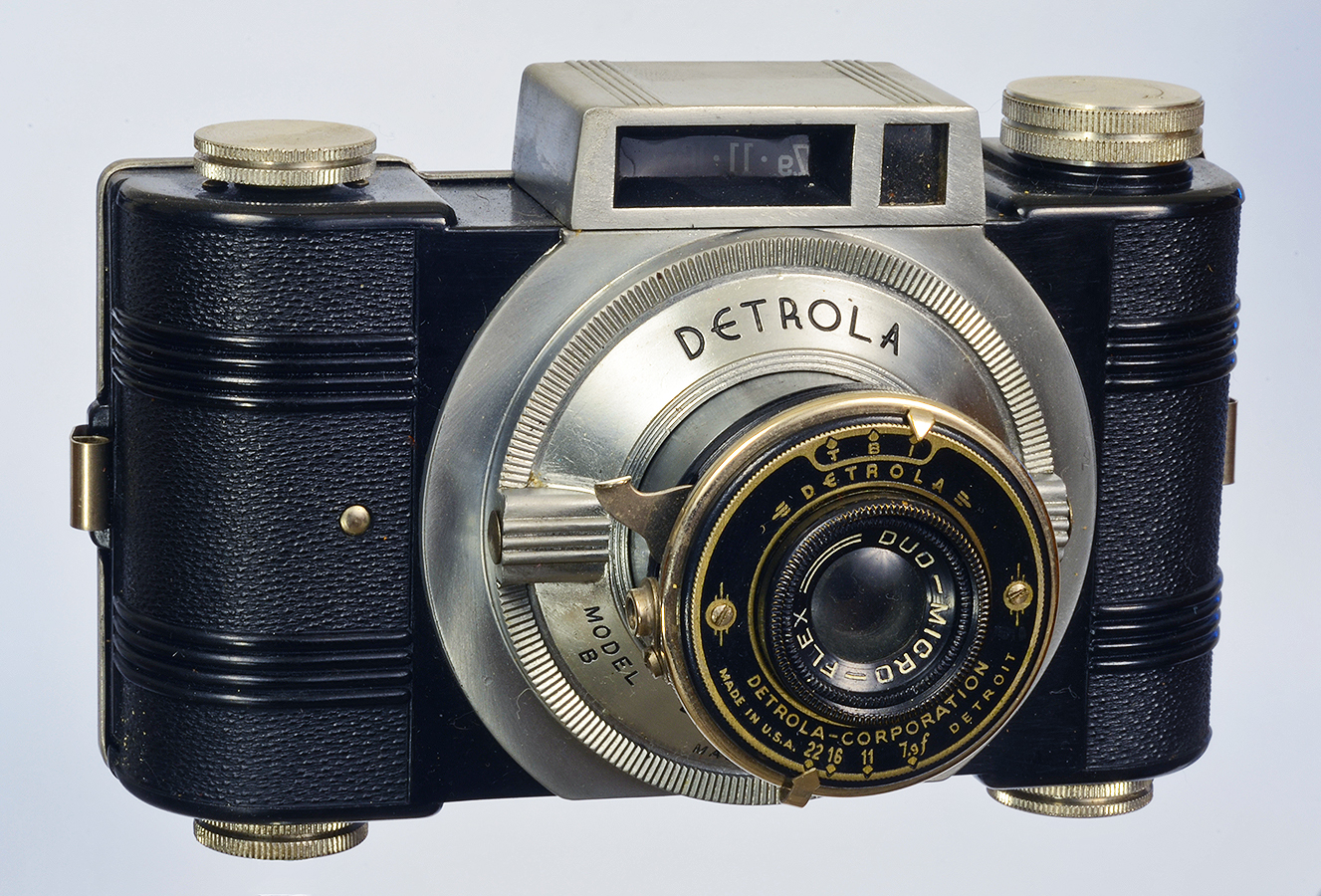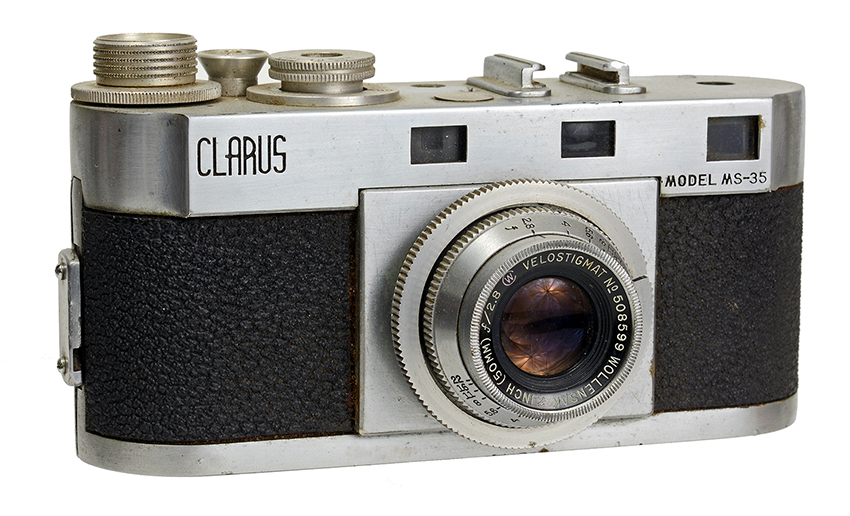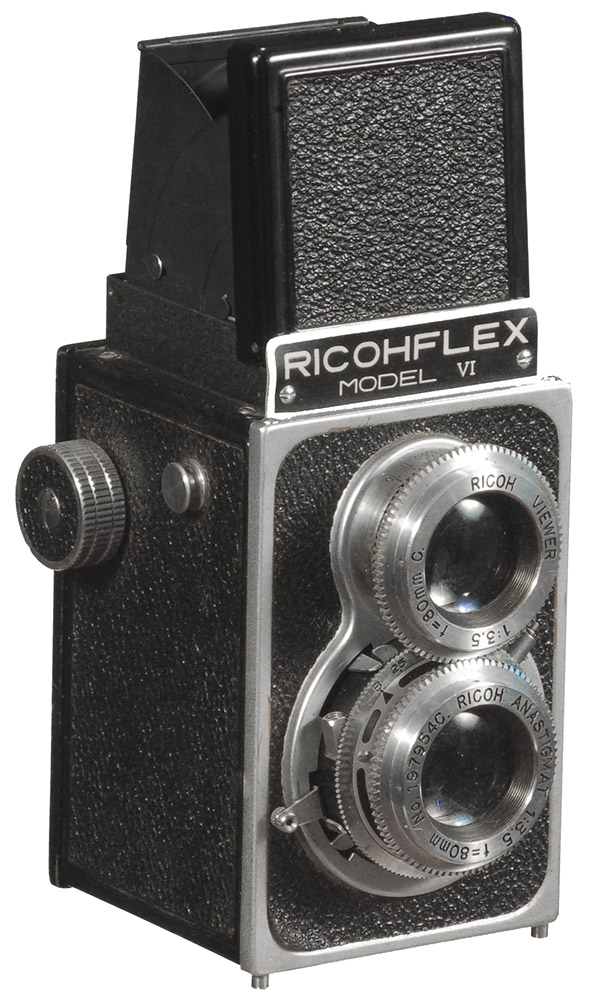Detrola Cameras
Polaraoid Cameras
Some of these cameras have been in the "collection" since before there was a collection, early cameras and gifts. Also we sometimes buy combined lots at auction or estates just to get one rare camera, diamond in the rough.
Seneca Scout No. 2A Circa 1916
This is a large format, likely 116 film size, folding camera. It has three shutter speed plus T and B modes, and apertures from 8 to 64. The lens can be focused by adjusting the lens-board along the tracks.
Seneca Camera Mfg. Co. was based in the US photography capital Rochester, New York. The company was founded at the end of the 19th century by the former superintendent at Kodak Camera Works Frank T. Day, president and several others.
The company was named for the Seneca-Iroqois indian tribe, using Indians as eye-catchers in advertising and brochures. Seneca made a series of simple cameras for the consumer market, mainly the Scout series of box cameras and roll-film folders. In 1924 the company was sold to Conley which was wholly owned by Sears & Roebuck at that time. The Seneca brand disappeared in 1926.
Rolleicord Model II C (DRP) Circa 1939
Rolleicord is the brand-name of the consumer version of the flex cameras manufactured by Franke & Heidecke, now Rollei GmbH, in Germany. The model IIC was manufactured from 1939 to 1949, but the DRP designation (R for Reich) indicates prewar or wartime production. The dual lenses are mounted to a platform which moves in and out to focus the image. See Ricohflex below for geared lenses.
Photo Master Rollax 50 Circa 1940
Rolls Camera Mfg. Co. was a camera maker in Chicago. It is unclear whether they were part of the cluster of companies including Spartus and Monarck. Around 1940 Rolls offered the Rolls brand bakelite viewfinder camera, for 127 film, in a body style also seen under many different names, such as Photo-Master, Reminton, and Beauta, all with the “Rollax” branded 50 mm lens. These cameras had a simple shutter with time and instant settings. This came as part of an auction lot, but it is a clever little camera worth keeping as an example of the pre war low-end cameras.
Clarus MS 35 Circa 1946
The Clarus MS-35 was made by the Clarus Camera Manufacturing Company of Minneapolis from 1946 to 1952. This was the only camera made by Clarus.
The MS-35 is a full-frame 35mm camera with coupled-rangefinder and interchangeable lenses. The cloth focal plane shutter offered speeds of 1/25 to 1/1000 second, plus bulb. The viewfinder and rangefinder are separated.
Whitehouse Beacon Circa 1946
This is the original Beacon bakelite camera made in 1946. It is capable of shooting 16 half frame pictures on size 127 film. It has a Whitmar coated color lens and a shutter w/ time setting or 1/50 second. It also had a safety to prevent accidental shutter release. The lens board is extended from the camera for taking pictures.
Whitehouse Products Inc. was a camera manufacturer based in Brooklyn, New York, USA. It made simple Bakelite (and later other plastic) snapshot models, branded Beacon. Early Beacon models had collapsible lens panels; collapsing the panel disabled the shutter. Early models featured a B shutter setting, which was removed on later examples. Some products were produced to be marketed by Argus.
Ricohflex Model VI Circa 1953
The Ricohflex was a series of 6x6 TLR (twin lens reflex) made by Riken Optical Industries (Ricoh) in the 1950s. The focusing rings around the front lens elements of camera and finder lens are geared for synchronous focusing. The Ricohflex VI had a combination of Anastigmat camera lens and viewer finder lens. Introduced in 1953, it is a manual 6x6 format camera without light meter, using knob film advance with "red window". It was replaced by the Model IV in 1954.
This was my first adjustable camera, a family relic brought home by a relative who served in the Korean War. Many GIs bought this style of camera when on R&R in Japan, and the Japanese TLR cameras became a popular and economic alternative to expensive German equipment. As kid, I could print photos from the large negatives in my home darkroom, a windowless half bath with towels stuffed under the door.
United States Camera Corporation Comet Folding Camera Circa 1956
This is an uncommon variation on USCC camera design, more typically named Pho-Tak Folder 6.3 or USC Rollex 20. it is reasonably well made and wired for flash synchronization.


















